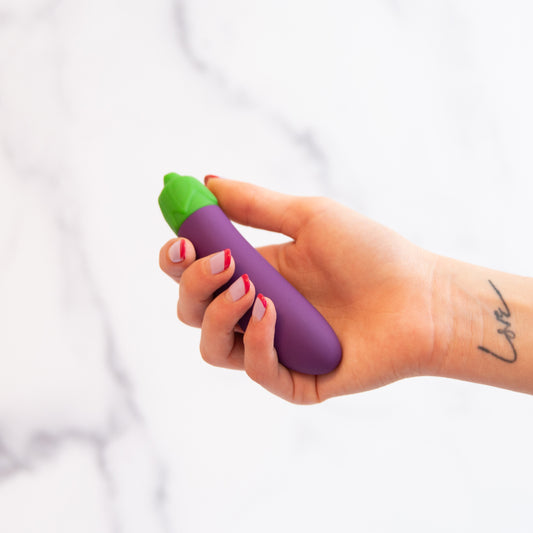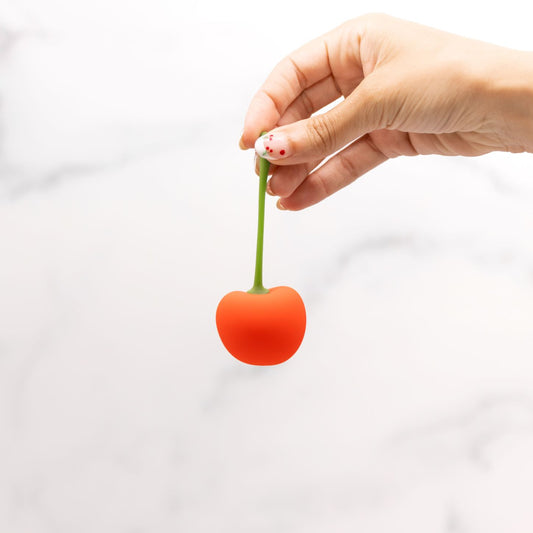Interested in exploring the world of BDSM rope play but not sure where to start?
You've come to the right place. This is a crash course on all things bondage rope. From different types of materials of rope to the different ways it can be used to tying your first knot, here's what you need to know to get started with bondage rope play.
Rope is one of the most versatile tools in a BDSM practitioner's arsenal. It can be used for bondage, restraint, sensation play, and even impact play. And while it might seem daunting at first, rope play is actually quite simple once you get the hang of it. This article will cover the basics of rope play so that you can get started exploring this kinky activity with confidence.
Types of Rope
There are many different types of rope available on the market, but not all of them are well-suited for rope play. First, try to get something flexible and not too thick, like 4-6mm (about 1/4″ diameter) and between 25 – 30 feet in length. The most common type of rope used in bondage is synthetic nylon rope, which is strong and durable yet still soft and comfortable against the skin. We don't recommend nylon rope for beginners because of how slippery and strong it can be. Other popular choices include natural jute or hemp rope, which are also strong and durable but have a rougher texture. A lot of people enjoy the grip of a natural material, but these ropes are weaker for suspension, so we recommend you do your research and use caution. It's best to experiment with different types of rope to see what feels best for you and your partner(s).
Unlike most typical bamboo silk, Emojibator's is made specially for suspension. Typically, natural and environmentally-sustainable bamboo silk rope is not constructed in a way that is safe for suspension--the twist is too loose and will stretch (which can be dangerous in suspension). Our bamboo ropes stands out with its much tighter twist making it more like tying with jute or hemp than loose cotton. Because it stays consistent through the suspension, you will have minimal stretching. They are made in beautiful bright rainbow colors, Unicorn and Funfetti. They measure 8 meters (approximately 26.25 feet) and 6mm in diameter.
Natural-Fiber Rope
Natural-fiber rope in general tends to be weaker and less durable than synthetic rope, but usually offers better grip, easier handling, and less chance for rope burn. In addition, natural-fiber tends to have a lot of variation in its construction, so its strength and durability can vary widely depending on the source and manufacturer. If you advance beyond Rope 101 and eventually decide you want to practice suspension, you will need to carefully weigh the pros and cons of using natural-fiber rope for that purpose given its weaker nature.
- Hemp (medium strength – 400-500*): soft, knots easily, easier to care for than jute, slightly stronger than jute
- Linen (medium strength, similar to hemp): softer than hemp, knots fairly easily, machine-washable
- Jute (weak – 200-300*): springier and lighter than hemp and linen, knots well, unties well, difficult to care for (though many use it for suspension, many others argue against this due to its weakness and the inherent variability depending on construction)
- Cotton (weak to medium strength, but varies by make): soft, knots easily, but is difficult to untie; not recommended for suspension due to its knotting (and stretch for some makes, though this can vary widely); cheaper cotton is very weak
- Bamboo/Rayon and Silk (medium strength, similar to hemp): typically the softest of the ropes (so, good for bedroom bondage), knots easily, but the stretch makes it rarely suitable for suspension; also expensive
- Sisal, Manila (weak, similar to jute): rough and scratchy, good for sadistic play, but not for loading at bondage diameters
- Coconut (weakest): rough and scratchy, good for sadistic play, but easily breakable and not suited for other purposes
Synthetic Rope
Synthetic rope’s biggest advantage is its strength and durability. Synthetic rope also tends to be easier to clean and care for. However, it also tends to be more difficult to work with because it doesn’t usually hold frictions as well, can be slippery or stiff, and more easily causes rope burn.
- Nylon (very strong – 1200-1500*): soft, little grip, stretchy, can be dyed, machine-washable [note: because of how slippery nylon can be, we typically don’t recommend this for beginners]
- MFP/Polypropylene (strong – 1100-1300*): can be stiffer than nylon, less stretch, little grip, floats in water, can’t be dyed at home, UV resistant, machine-washable
- Polyester (strong, similar to MFP): stiffer, less grip, less stretch, machine-washable
- Synthetic “Natural Fiber” [typically sold as Hempex or POSH] (moderately strong – 750-1100*): looks like natural fiber, stiffer, lighter, better grip than other synthetics, machine washable
* All ratings are approximate, given in pounds of force at 6mm. Source: RopeStudy.com
How to Use Rope
Once you've selected the type of rope you want to use, it's time to start exploring all the different ways it can be used! Here are just a few ideas to get you started:
- Restraint: Tie your partner's hands behind their back or their ankles together to restrict their movement.
- Bondage: Use rope to create a "web" that immobilizes your partner entirely.
- Sensation Play: Run the rope along your partner's body to create pleasurable (or painful) sensations.
- Impact Play: Use the rope as a whip or flogger to deliver spankings or other forms of pain play.
Bondage and restraint are the most popular uses for BDSM ropes. Bondage can be used to restrict movement, create sensory deprivation, or simply add an element of suspense to your sex life. There are many different ways to use bondage ropes, so feel free to get creative! If you're new to bondage, we recommend starting with basic restraint techniques like tying your partner's hands or feet together. As you become more comfortable with bondage play, you can experiment with more advanced techniques like Shibari or suspension bondage.
Sensation play refers to any activity that creates pleasurable sensations on the body using touch, pressure, temperature, etc. Rope can be used for sensation play in many different ways. For example, you can use nylon ropes to create a light tickling sensation by running them across your partner's skin. Or, you could use jute ropes to create a harsher sensation by flogging your partner with them. The possibilities are endless! Just make sure to communicate with your partner throughout to ensure that both of you are enjoying yourselves.
Impact play refers to any activity that involves striking the body for sexual pleasure. Ropes can be used for impact play in several different ways. For example, you could use them to create a "flogger" by tying knots at intervals along the length of the rope (this will create a series of small knots that can be used to strike the skin). You could also use them to create a "crop" by attaching streamers or ribbons to the end (this will create a long whip-like object that can be used to strike larger areas of the body). As always, communication is key when experimenting with impact play!

The Burlington Bowline is an easy and versatile knot to try. It can be applied when the trailing end is already attached to something and it requires no tail pulls.
Step-by-step instructions:
- Place the bight against the thing to be tied, leaving about 3-5 inches free
- Wrap the lead around 2 or 3 times
- Hold the bight away from the target and loop the tail around it. Note that with this new loop you have formed a sort of cross
- Place the bight end across the top of this cross
- Reach under the cuff and grab the bight
- Pull the bight underneath the cuff
- Now run the bight through the loop by reaching through the loop, grabbing the bight and pulling it through.
- Tighten the knot first by tugging the bight, then by tugging the tail. Once the knot is well formed, tighten more fully.
Congrats! You've tied for your first knot.
Of course, these are just a few ideas we've compiled to get you started—the possibilities are endless when it comes to rope play! So go ahead and let your imagination run wild.
Rope play is a fun and versatile way to add some kink into your sex life. With just a little bit of practice, you'll be surprised at how quickly you can master the basics of this kinky activity. So go out and buy some rope, invite your partner(s) over, and let the fun begin!





